botanical extracts
standardized dry or fluid extracts from organic or conventional agriculture
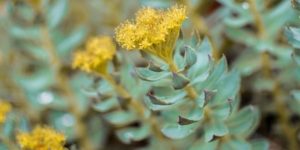
botanical name : Sedum roseum
part of plant : root
active substances : rosavins
standardisation : - dry extract >1% rosavins - dry extract >3% rosavins
description :
Rhodiola rosea, a perennial plant of the rhodiola genus in the crassulaceae family, grows in cold, harsh alpine regions of the Northern Hemisphere.
It is a little plant with yellow flowers, demontrates thriving in harsh, craggy environments.
Because Rhodiola rosea features both distinctly male and female plants, it is a dioecious plant, and because of its tendency to grow among rocks and stones, it is sometimes referred to as a stonecrop.
When cut, the root emits a potent rose-like aroma. This rhodiola species name, rosea, originates from that strong rose aroma.
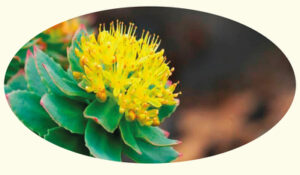
There are more than 90 kown varieties of Rhodiola rosea in the world, about 70 in China, mainly growing in alpine climate regions.
Rhodiola rosea and Rhodiola crenulata are the two main subspecies.
Main difference : Rhodiola rosea contains rosavins (rosavin, rosarin, rosin) and salidroside.
While the rhodiola crenulata mainly contains salidroside.
Rhodiola rosea is listed in the Convention of International Trade in Endangered Species (CITES).
Our supplychain is commited to follow specific sourcing requirements to respect this natural resource.
Rhodiola rosea has a number of benefits:
– prevent depression, stress, heart problems, diabetes and thyroid disorders,
– strengthen the immune system and muscles
– improve the health of the nervous system and memory,
– promote physical and mental performance, and weight loss.
Thanks to the recognition of the active ingredients contained in Rhodiola rosea, we ensure that our extract are not adulterated with unexepected part of the plant (leaves, stem …) or other plants.
The active ingredients in Rhodiola rosea – rosavin, rosarin, rosin and salidroside – are identified in the root as well as in the extract.
Our raw material (root) and our dry extract have been identified by HPLC (finger print). The profile obtained is the same for the extract and the raw material, which proves the purity, the concentration of active ingredients and the quality of the product.
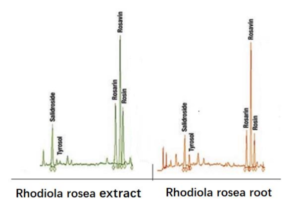
Rosavin is a glycoside compound found inRhodiola rosea.
According to published scientific litterature, this phytoactive contributes to the plant’s antidepressant and anxiolytic benefits.

Salidroside (rhodioloside) is a glycoside compound in Rhodiola rosea.
Like rosavin, according to published scientific litterature, this phytoactive contributes to the plant’s antidepressant and anxiolytic benefits.

– pesticides, PAH, aflatoxins, heavy metals, microbioligy are strictly monitored.
– full traceability.
Do not hesitate to contact us for more information!

standardized dry or fluid extracts from organic or conventional agriculture
revivable and tyndallized probiotics of European origin
very high quality propolis extracts, pollen, honey and royal jelly from organic or conventional agriculture
natural minerals from organic or conventional agriculture
unique natural ingredients of high quality supported by scientific studies
brewer’s yeast and yeast extracts used in food supplements and functional foods from organic or conventional agriculture
micronised vegetable fibers providing taste and texture from organic or conventional agriculture
powders or liquids from natural raw materials, with range of shades of red, green, brown, etc. also available in “Colouring Foodstuffs” from organic or conventional agriculture
fruits and vegetables extracts are obtained from different parts of the plant from organic or conventional agriculture
organic additives to meet different technological needs
Sign up for our newsletters to receive our latest news and find out more about our new ingredients!
Studio Crumble,
studio de création graphique
www.studio-crumble.fr
+33 2 99 55 41 10
OVH
www.ovh.com/fr
+33 9 72 10 10 07
SAS au capital de 500 K€
RCS Lille Métropole : 424 761 419 00045
Code APE : 721Z
N° de TVA : FR 22 424 761 419
Siège social : 2 rue Kellermann
59100 Roubaix
France.
L'utilisation de ce site est réservée à un usage strictement personnel de l'utilisateur. Toute reproduction ou représentation de ce site, en tout ou partie, à d'autres fins sur un quelconque support, est interdite sans l'autorisation expresse d'ESENCO. Les liens hypertextes de ce site en direction d'autres sites Internet ne sauraient engager la responsabilité d'ESENCO. La mise en oeuvre d'un lien hypertexte vers le site https://esenco.fr/ ne pourra se faire que sous réserve de l'autorisation expresse et préalable d'ESENCO.
Les informations et données qui figurent sur ce site sont protégées par les dispositions légales relatives aux droits de propriété intellectuelle. Toute représentation, reproduction, utilisation, adaptation ou modification de ces informations et données est prohibée sans l'autorisation expresse d'ESENCO.